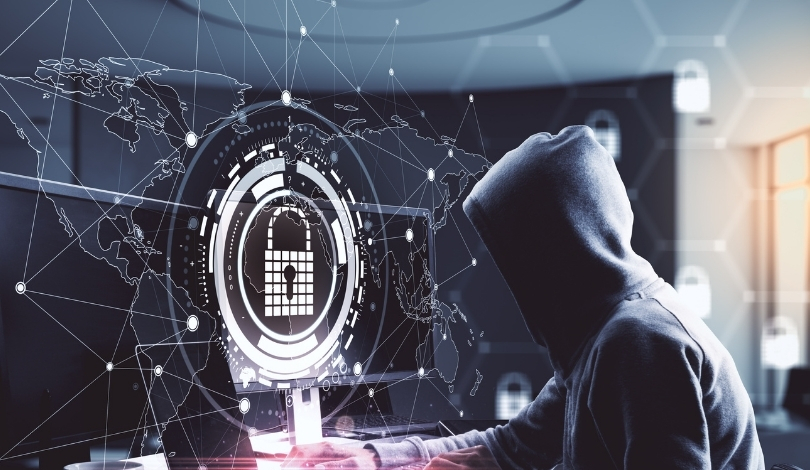Recent discoveries by Recorded Future indicate a new Linux variant of RansomHub actively targeting ESXi systems. With the increasing prevalence of virtualized infrastructure in enterprise environments, ESXi systems present an attractive target for cybercriminals. This latest development underlines the importance for organizations to bolster their security measures to mitigate the impact of such attacks.
RansomHub Attacking ESXi Systems
RansomHub, a Ransomware-as-a-Service (RaaS) platform, has been operational since February 2024. It deploys malware written in Go and C++ across various operating systems, including Windows, Linux, and ESXi. The platform’s lucrative 90% commission rate attracts experienced affiliates, leading to 45 reported victims in IT departments across 18 countries.
Links have been identified between RansomHub’s malware and the codes of ALPHV and Knight Ransomware, suggesting potential affiliations. Organizations are urged to implement both immediate and long-term security strategies to counter this emerging threat.
In an example of their methods, RansomHub affiliates exploited misconfigured Amazon S3 instances to infiltrate clients’ backups. They then engaged in extortion, leveraging the stolen data to pressure backup providers into purchasing the compromised information. This strategy exploits the trust between providers and clients, highlighting the sophisticated nature of these attacks.
Mitigations
Several mitigation strategies are recommended to defend against such ransomware attacks. Segmenting the network can limit lateral movement, while SIEM systems are useful for centralized logging and detection. Furthermore, implementing EDR with YARA/Sigma rules, enforcing least privilege and multi-factor authentication for remote access, and maintaining regular offline and isolated data backups are crucial steps. Ongoing system audits and keeping systems patched and updated are also vital. Utilizing YARA, Sigma, and Snort rules for malware detection can further enhance security.
This latest attack vector was highlighted by the Insikt Group, which confirmed RansomHub’s similarities with ALPHV (BlackCat) and Knight Ransomware based on code analysis. They also noted that RansomHub employs encrypted file password settings to hinder analysis. As a potential mitigation, altering the /tmp/app.pid file used by the ESXi version of the ransomware could prevent it from functioning, as it only allows one instance of the ransomware at a time.
Since RansomHub’s emergence, the frequency of cross-platform attacks has dramatically increased, with a sevenfold rise between 2022 and 2023. This trend emphasizes the need for robust cybersecurity measures to protect against the rising number of multi-OS threats. The detailed report on this issue can be found on Cyber Security News.
Comparing recent information to previous reports, RansomHub’s tactics seem consistent with other high-profile ransomware groups. The use of high commission rates to attract affiliates and targeting high-value victims for substantial ransoms are common strategies within the ransomware ecosystem. This aligns with previously observed behaviors by groups like ALPHV and Knight Ransomware, reinforcing the need for vigilance and advanced defense mechanisms.
In contrast to earlier ransomware campaigns, RansomHub’s focus on exploiting virtualized infrastructure and backup systems showcases an evolution in cyberattack strategies. This shift highlights the increasing sophistication of ransomware operations, requiring organizations to adopt more comprehensive and adaptive security approaches to stay ahead of potential threats.
Organizations facing threats from ransomware like RansomHub should prioritize a multi-layered security approach. By implementing segmentation, centralized logging, EDR systems, and regular backups, they can significantly reduce the risk and impact of such attacks. Additionally, continuous system audits and timely updates are essential to maintain a robust security posture. Given the evolving nature of ransomware tactics, staying informed and proactive is crucial for safeguarding digital assets.










